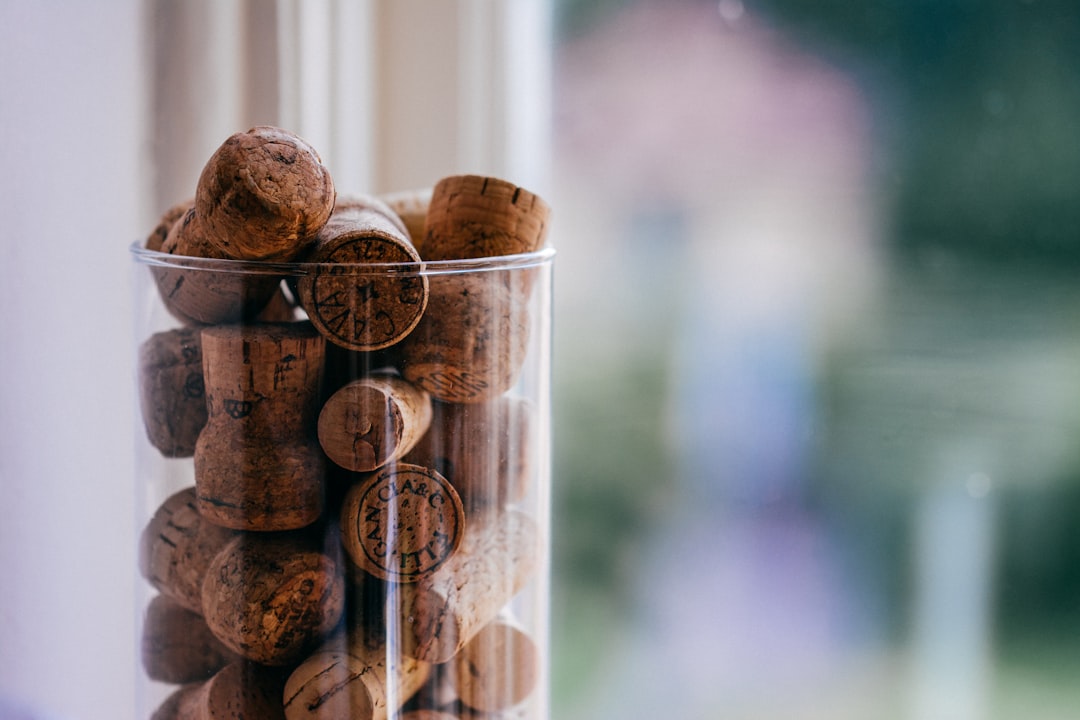
Protecting Your Wine from Temperature Fluctuations
Share
Wine enthusiasts understand that the key to preserving the essence, flavor, and longevity of their wine collection lies in proper storage. Temperature fluctuations are one of the most significant threats to wine, causing it to age prematurely or develop unwanted characteristics. This guide will delve into essential tips and strategies to protect your wine from harmful temperature changes, ensuring your bottles maintain their intended quality and taste over time.
Understanding the Impact of Temperature on Wine
Temperature plays a pivotal role in the aging process and preservation of wine. Ideal storage conditions help maintain the wine's complex balance of flavors, aromas, and textures. However, when exposed to temperature fluctuations, wine can undergo undesirable chemical reactions, leading to spoilage or a diminished tasting experience.
The Ideal Wine Storage Temperature
The consensus among wine experts is that the optimal temperature for storing wine long-term is around 55°F (13°C). This temperature range is considered the sweet spot for both red and white wines, allowing them to age gracefully. It's crucial to maintain consistency, as significant variations can accelerate aging or cause the cork to expand and contract, leading to oxidation.
Effects of Temperature Fluctuations
Rapid or frequent changes in temperature can be detrimental to wine. These fluctuations can cause the cork to lose its elasticity, allowing air to seep into the bottle and oxidize the wine. Additionally, extreme temperatures can damage the wine's molecular structure, affecting its aroma, flavor, and overall balance.
Strategies for Maintaining Optimal Storage Conditions
To safeguard your wine from the adverse effects of temperature fluctuations, implementing a few strategic measures can make all the difference. These strategies not only help maintain the right temperature but also contribute to the overall longevity and quality of your wine collection.
Invest in a Quality Wine Cooler or Cellar
One of the most effective ways to protect your wine is by investing in a dedicated wine cooler or building a wine cellar. These specialized storage solutions are designed to maintain a constant temperature and humidity level, providing an ideal environment for your wine. For more insights on building a wine cellar at home, consider reading our article on How to Build a Wine Cellar at Home.
Location Matters
The location of your wine storage plays a crucial role in temperature stability. Avoid placing your wine cooler or cellar in areas prone to temperature swings, such as near windows, doors, or heat sources. Basements often provide a naturally cool and stable environment, making them an excellent choice for wine storage.
Insulation and Temperature Control
Proper insulation and temperature control mechanisms are essential for minimizing the impact of external temperature changes. Ensure your wine storage area is well insulated and consider installing a cooling unit with precise temperature control capabilities. This will help keep the internal environment stable, regardless of external conditions.
Monitoring and Adjusting Conditions
Consistent monitoring and adjustments are key to maintaining optimal wine storage conditions. Advances in technology have made it easier than ever to keep a close eye on your wine collection's environment.
Use of Digital Thermometers and Hygrometers
Digital thermometers and hygrometers allow you to accurately monitor the temperature and humidity levels within your wine storage area. These devices often come with alerts or alarms that notify you of any significant changes, enabling you to take corrective action promptly.
Smart Climate Control Systems
Investing in a smart climate control system can provide peace of mind and convenience. These systems can be programmed to maintain specific conditions and can often be controlled remotely via smartphone apps. This level of control ensures that your wine is stored under consistent and optimal conditions, even when you're away.
The Role of Humidity in Wine Storage
While temperature is a critical factor in wine storage, humidity also plays a significant role in preserving your wine's integrity. The ideal humidity level for wine storage is between 60% and 70%. This range helps keep the cork moist, preventing it from drying out and allowing air to enter the bottle.
Managing Humidity Levels
To manage humidity levels effectively, consider using a humidifier or dehumidifier in your wine storage area, depending on the ambient conditions. It's also beneficial to include a hygrometer to monitor humidity levels closely and ensure they remain within the desired range.
Impact of Low and High Humidity
Low humidity can cause corks to dry out and shrink, leading to oxidation and spoilage. On the other hand, excessively high humidity can promote mold growth and damage wine labels. Maintaining a balanced humidity level is crucial for protecting both the wine and its packaging.
Additional Tips for Protecting Your Wine
Beyond temperature and humidity control, several other considerations can help ensure your wine remains in pristine condition.
Avoid Light Exposure
Wine is sensitive to light, especially UV rays, which can degrade and prematurely age wine. Store your wine in a dark place or use UV-protected glass doors on your wine cooler or cellar to shield your collection from harmful light.
Proper Bottle Orientation
Storing wine bottles horizontally helps keep the cork moist, ensuring a tight seal and preventing air from entering the bottle. This orientation is particularly important for long-term storage.
Vibration Control
Minimize vibrations as much as possible, as they can disturb the sediment in wine, potentially affecting its aging process and taste. Ensure your wine cooler or storage racks are stable and located away from sources of vibration, such as appliances or heavy traffic areas.
Protecting your wine from temperature fluctuations and other environmental factors is essential for preserving its quality, flavor, and longevity. By implementing the strategies outlined in this guide, you can create an optimal storage environment that safeguards your precious collection. Remember, the key to enjoying wine at its best is meticulous care and attention to storage conditions. Whether you're a seasoned collector or a casual enthusiast, taking steps to protect your wine will ensure that each bottle reaches its full potential, providing you with a delightful tasting experience for years to come.



